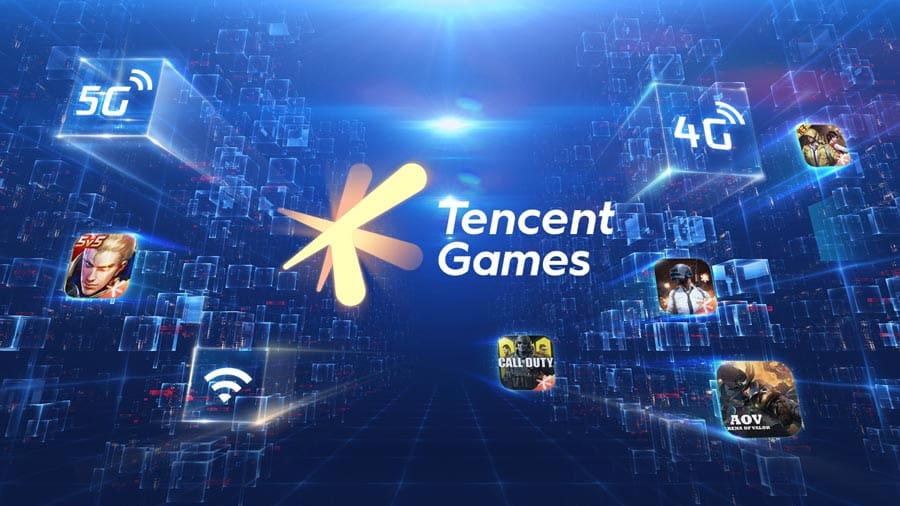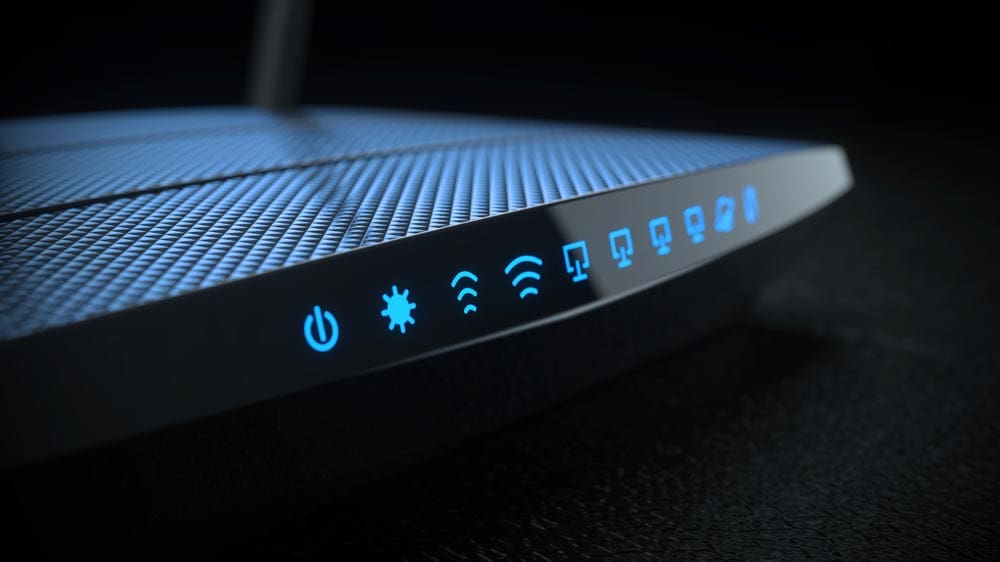
Consumer behavior is changing the wireless network landscape, with an ever-growing need for bandwidth and speed. Powerful new wireless devices, increasing usage of wireless Internet access and a growing range of data-hungry services for gaming, music, video and social networking are driving huge increases in data traffic. According to the Cisco Visual Networking Index: Forecast and Trends, 2017–2022 White Paper, all the mentioned service categories will increase their traffic approximately 10-fold from 2017 to 2022, with 111.4 exabytes of wireless data traffic being offloaded to IEEE 802.11™ “Wi-Fi®” networks by 2022 on a monthly basis.
Many of these applications can be classified as real-time applications (RTA) that function within a time frame that the user senses as immediate or current. Whether a given application qualifies as an RTA depends on the worst-case latency (a delay in network communication), the maximum length of time for the traffic to be delivered from the server to the client, or vice versa. The latency must be less than a defined value, usually measured in milliseconds and sometimes in microseconds. In real-time networks, it is more important to have a generally low and consistent amount of latency than having absolute minimal latency in some cases.
Packet loss occurs when data traveling on a network does not reach its destination and can degrade real-time application performance. RTA may have a method to re-request data that was lost, but this is not always possible because of time constraints. When packet loss occurs, the packets arrive before and after the lost one will corrupt the worst latency result and indicate a significantly higher jitter value within that window of time. Reliability ensures RTA communication or output not only to be correct but also to happen within a specific time.
A typical use case of RTA is real-time mobile gaming. Unlike traditional games, real-time mobile gaming is very sensitive to network latency and stability. The mobile game may connect multiple players together in a single-game session and exchange data packets between the game server and connected players. “Real-time” in context means the feedback should present on-screen as users operate in-game. The challenge that real-time mobile gaming encounters is the worst-case latency. The high-latency spike is highly likely to cause packet loss and packet disorder—and, hence, impact the quality of experience.
In July 2018, the IEEE 802® LAN/MAN Standards Committee considered RTA as a highly important use case for the next generation of Wi-Fi networks, and created RTA Topic Interest Group (TIG) within IEEE 802.11 working group to address key mobile gaming issues prompted in the proposal [WNG-Tencent]. It aims at determining and classifying the most essential RTA for Wi-Fi networks, by formalizing their requirements in terms of data transmission delay, packet loss rate (PLR), packet error rate (PER), bandwidth and network density and by proposing solutions for real-time data transmission.
The RTA TIG report is publicly available at no cost from the IEEE 802.11 working group document repository. It includes a description of real-time application usage models, problem statements, technical requirements and potential solutions. Additionally, it provides detailed information on RTA, issues captured during discussions and submissions that were presented within the group, aiming to help facilitate information sharing within the IEEE 802 community towards potential solutions.
“We are happy to see that the WLAN standard community is paying more and more attention to the real-time mobile gaming use case and optimizing the network performance,” said Cloud Liu, general manager of technical operation department, Tencent Game. “Besides involvement of standards development, Tencent has built extensive connections with upstream industry like chipset and smartphone OEMs to implement features that help to improve worst-case latency. ‘Dual Wi-Fi’ features which enable smartphones to associate with two access points (AP) simultaneously, is a perfect example. This feature will not only reduce latency but also increase the downloading speed of the smartphone. We believe multiple link feature, which is discussed in IEEE P802.11be™, will further improve the performance of Dual Wi-Fi.”
The IEEE 802.11 working group has established a new standardization project focusing on enhancements for high throughput, reduced latency and improved power efficiency, driven by new and emerging real-time applications including virtual or augmented reality, immersive gaming, etc. The project, IEEE P802.11be, will specify MAC and PHY technology improvements for 2.4 and 5GHz, as well as for the 6 GHz band with target throughput rates of at least 30 Gbps with effectively low latency on the strong foundation of IEEE 802.11ax™.
A similar problem has been carefully studied in IEEE 802.1™ working group, as well. IEEE 802.1 Time Sensitive Networking (TSN) technology provides guaranteed data transport with bounded low latency, low delay variation and extremely low data loss for time and/or mission-critical traffic over a bridged network. A pre-standardization activity in the IEEE 802.1 working group has been initiated to develop a vision of future roles for IEEE 802 networks, known as the IEEE 802 Network Enhancements for the Next Decade Industry Connections Activity (Nendica).
References:
- [Cisco VNI]: Cisco Visual Networking Index: Forecast and Trends, 2017–2022 White Paper
- [WNG-Tencent]: https://mentor.ieee.org/802.11/dcn/18/11-18-1234-00-0wng-real-time-mobile-game-vs-wi-fi.pptx
- [RTA-report]: https://mentor.ieee.org/802.11/dcn/18/11-18-2009-06-0rta-rta-report-draft.docx
- [FFIOT report]: https://mentor.ieee.org/802.1/dcn/19/1-19-0026-03-ICne-flexible-factory-iot-use-cases-and-communication-requirements-for-wired-and-wireless-bridged-networks.pdf
Authors:
- Xing Meng
- Hao Wang
- Xin Hu
- Xin Zuo








